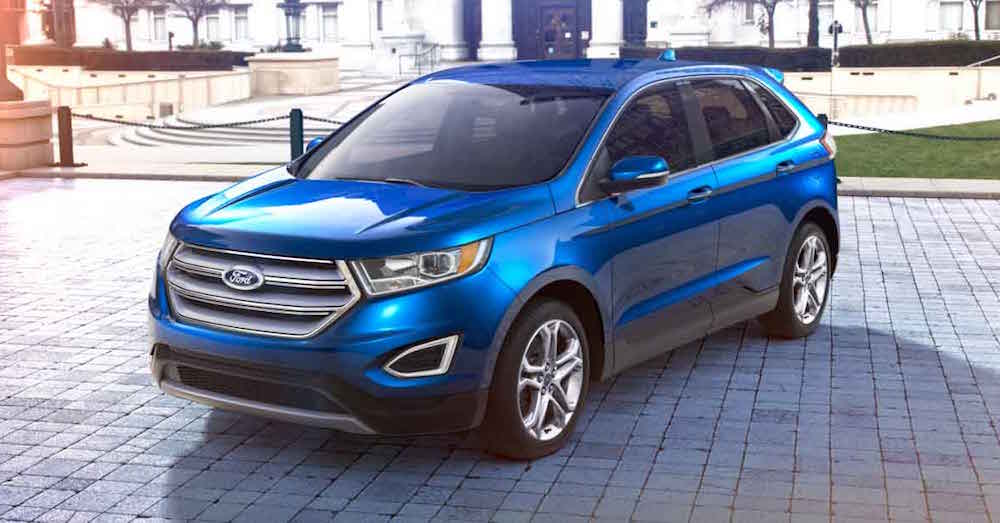It wasn’t that long ago that 3D printing seemed like nothing more than a hobby with little to no practical application. A decade later, we see everything from prosthetic limbs, plant-based food, and even automotive parts. As the technology improves, 3D printing becomes a more viable method for improving automotive manufacturing.
Here are just some of the roles 3D printing plays in the automotive world:
Inexpensive Prototypes
One of the first uses of 3D printing in the automotive industry involved building inexpensive prototypes of parts, systems, and even full units. This method allowed engineers to check the form and fit of new parts without having to spend the money making the real deal.
The process of testing parts and ideas with 3D printed materials is still being used today. Parts can be made rather quickly to the exact specifications of the desired part. Small changes can be made without fabricating new, more expensive parts for the same purpose.
Some of the actual parts used in running vehicles are made through 3D printing. In several cases, there may not be another way to make the necessary elements. Take the Bugatti eight-piston monobloc brake caliper. Processing the titanium Bugatti typically uses is challenging and costly. Today this part can be made at a lower cost, lower weight, and higher performance potential.
Customization With Ease
Modern 3D printing can actually make usable parts in your car. These parts are not only less expensive, but they are also much easier to customize. That means companies that focus on creating unique parts are able to play with designs that might have been too expensive or difficult to produce otherwise.
Even some larger manufacturers are taking advantage of 3D printing to create awesome new parts to remake iconic vehicles. Volkswagen, for example, utilized 3D printing to recreate the 1962 Microbus. Many of this vehicle’s parts, like the hubcaps, are printed to look and feel or the original parts.
Better Manufacturing Aides
When you’re making the same part multiple times, it’s often best to create some kind of mold, jog, or fixture. These custom molds are typically outsourced to companies that make the piece out of solid metal or plastic. This is a pretty time-consuming process, which means it’s challenging to make changes.
When companies can simply print their own molds, the time and cost are dramatically reduced. Building these aides is probably the most popular and powerful application of printing technology.
Spare Parts On Demand
As more parts are being made through 3D printing efforts, spare parts will be easier to come by in the future. Right now, spare parts can be kind of a pain. Drivers who need a specific part may have to find one used at a junkyard or have one shipped in from the manufacturer. Of course, these are only options if those parts are still in production.
Printed parts are saved as digital files. These files can be accessed at any time to produce a new part on the spot. With 3D printers becoming more affordable and accessible, it’s like that a local auto parts store could just make the part you need when you need it. That includes parts that may no longer exist. This ability could lead to a resurgence in classic car restoration or even unique and customized upgrades.
3D Printed Cars Are Coming
While the technology and practical use of 3D printers are mostly used for individual parts and molds, some companies are experimenting with building complete vehicles from printed parts and elements. Most of these options are still in the conceptual stage, but it won’t be long before you can just download the car of your dreams and have it printed at your local auto printer.
This post may contain affiliate links. Meaning a commission is given should you decide to make a purchase through these links, at no cost to you. All products shown are researched and tested to give an accurate review for you.




